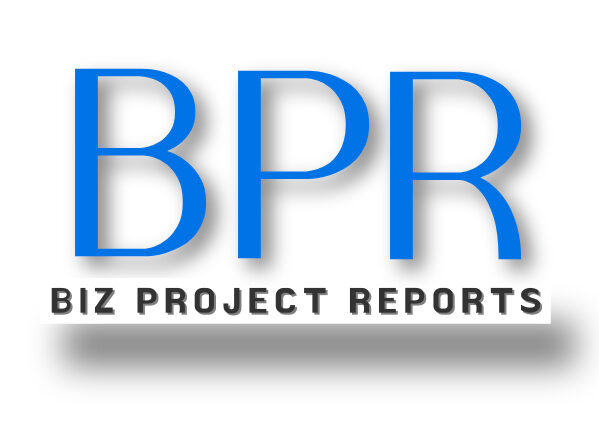1. Market Overview: The global market for leather baby changing mats has experienced consistent growth due to the increasing demand for stylish and functional baby care products. Leather baby changing mats offer a combination of durability, comfort, and aesthetics, making them a popular choice among parents. This report provides insights into the market, catering to a worldwide audience.
2. Market Segmentation: The market for leather baby changing mats can be segmented based on various criteria:
a. Product Type: Baby changing mats come in various designs, including portable, foldable, and designer mats. b. End-users: The end-users include parents, caregivers, and childcare facilities. c. Regions: The market is distributed globally, with strongholds in North America, Europe, Asia-Pacific, and other regions.
3. Regional Analysis:
North America: The North American market benefits from a growing demand for high-quality baby care products, with a diverse customer base, including new parents, caregivers, and daycare centers.
Europe: Europe reflects a culture of emphasizing style and functionality in baby products, contributing to the demand for leather changing mats.
Asia-Pacific: Emerging markets in countries like China and India are contributing to the market’s growth, driven by increasing disposable income and awareness of baby care.
Other Regions: The market is expanding in regions like Latin America and the Middle East, where there is a growing focus on baby care.
4. Market Drivers: The market for leather baby changing mats is driven by several factors:
a. Parental Preferences: Parents seek stylish, durable, and easy-to-clean baby changing mats. b. Quality and Durability: Leather mats are preferred for their durability and longevity. c. Aesthetic Appeal: The desire for baby products that match the aesthetics of the nursery or living spaces. d. Growing Childcare Facilities: The increase in daycare centers and nurseries demanding high-quality changing mats.
5. Market Challenges: While the industry is growing, it faces some challenges:
a. Competition: The market is competitive, with many manufacturers and suppliers offering baby changing mats. b. Price Sensitivity: Some consumers may seek more affordable alternatives. c. Ethical Sourcing: Ensuring ethical sourcing of leather materials can be a challenge.
6. Opportunities: The market presents various opportunities for growth:
a. Customization: Offering personalized and designer baby changing mats for discerning customers. b. E-commerce: Expanding online sales channels to reach a global audience. c. Sustainability: Embracing sustainable and ethical sourcing practices.
7. Future Outlook: The market for leather baby changing mats is expected to continue its growth as parents and childcare facilities continue to seek high-quality, stylish, and durable baby care products. Manufacturers should explore opportunities for customization, expand e-commerce sales channels, and emphasize sustainability to meet the demands of parents, caregivers, and daycare centers.
Conclusion: The market for leather baby changing mats offers a promising future as the demand for quality, style, and durability in baby care products continues to grow globally. Manufacturers should focus on customization, e-commerce expansion, and sustainability in materials and practices to meet the needs of parents, caregivers, and childcare facilities. Addressing challenges related to competition, price sensitivity, and ethical sourcing will be essential for long-term success in this dynamic industry.
